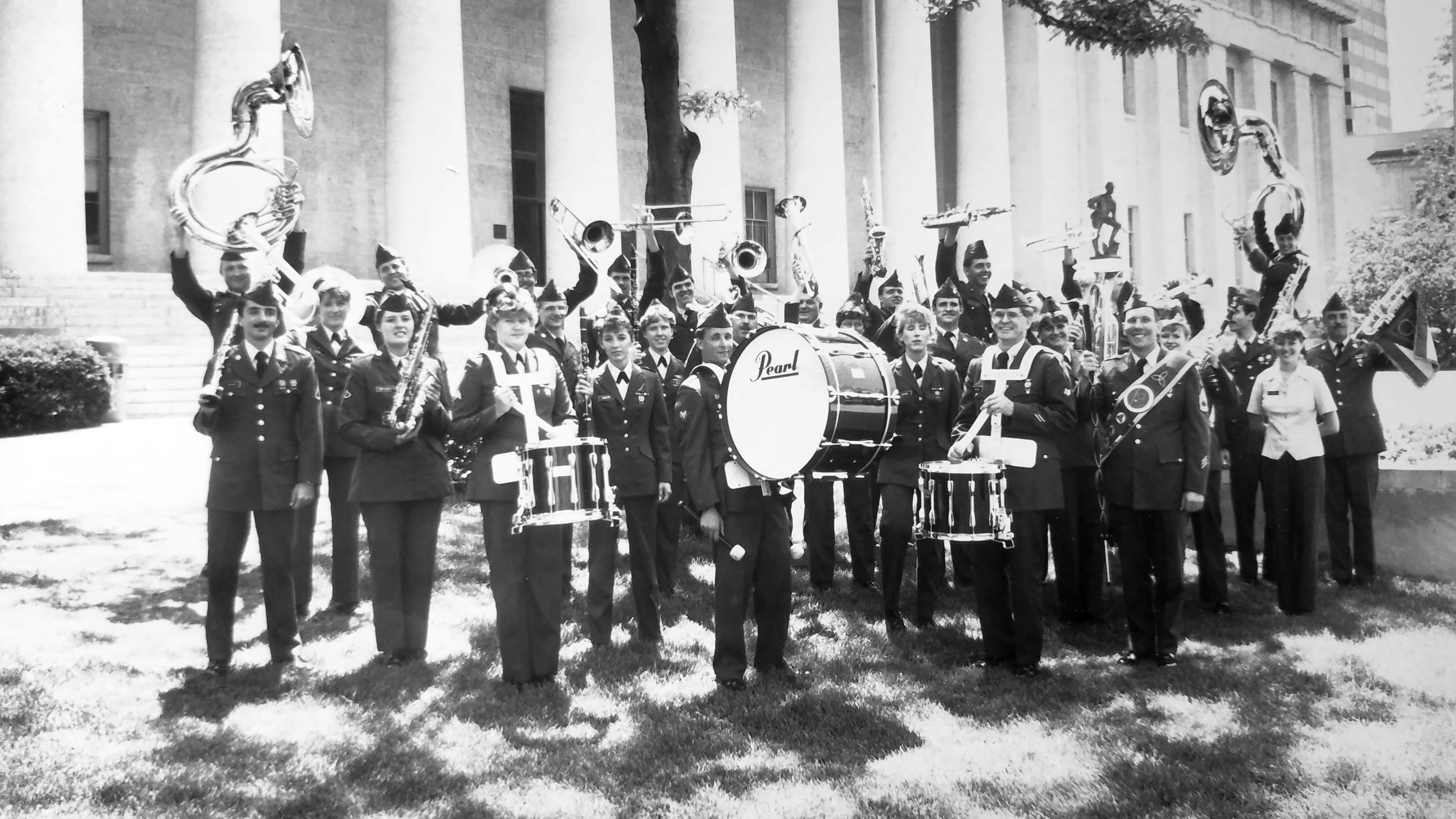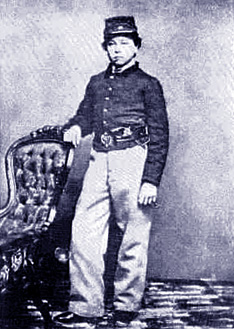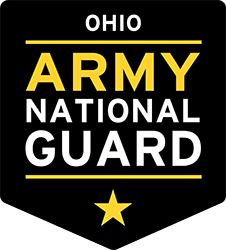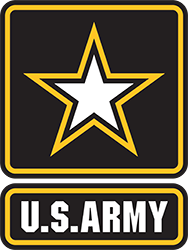The 122nd Army Band was organized in the midst of World War II on June 1, 1944 on the island of Bougainville in the North Solomon Islands in the Pacific Theater. Members from the bands of the 145th Infantry, 129th Infantry, and 134th Field Artillery were combined to form the new 37th Infantry Division Band of the Ohio National Guard. While serving in the Pacific, the 37th Infantry Division Band took part in amphibious landings, protecting Major General Beightler and the division HQ through the fight. This baptism by fire earned the band the Meritorious Unit Commendation.
After the close of World War II, the 37th Infantry Division Band returned to Ohio. In 1969 the unit was reorganized again as the 122nd Army Band of the Ohio Army National Guard. After the deactivation of the 555th Ohio Air National Guard Band in Toledo and down-sizing of the U.S. Air Force Band of Flight at Wright-Patterson Air Force Base in Dayton in 2012, the 122nd Army Band was left as the largest military band in Ohio, tasked with supporting operations across the state.


In 2007 the 122nd Army Band performed for halftime during a game of the NFL's Cleveland Browns, and the following year at Paul Brown Stadium during a Cincinnati Bengals game. In 2014 the 122nd performed twice at the legendary Severance Hall in Cleveland in joint concerts with the Cleveland Pops and with the Belgrade Philharmonic Orchestra.
In 2017 the 122nd marked a successful transformation from traditional military band to a multi-faceted unit comprised of flexible and versatile ensembles capable of performing for a wide range of missions, from parades and ceremonies to rock concerts, children's shows, and popular music. The transition was recognized by the Army Music Program with an MPT of the Year award in an Army-wide competition against other National Guard bands, as well as Army Reserve and active duty units. The 122nd won a second MPT of the Year award in 2018. In 2019 the 122nd marked its 75th year of continuous service to Ohio and the United States.
Army Bands History

Music has been an integral part of military history since even before the founding of our nation. Beginning in 1775 as fife and drum corps, Army musicians served as signal callers on the battlefield and inspired troops to victory. During the Civil War, Army bands were instrumental to the fighting spirit of both the Union and Confederacy. Private First Class Orion Howe, and Ohio native, served as a drummer for the Union Army and was awarded the Medal of Honor for acts of heroism on the battlefield.
In 1920, General John J. Pershing implemented the first training program for Army Music after discovering the capabilities of military bands in France and England. The expansion the U.S. Army bands from 28 to 48 musicians allowed for greater versatility and vastly improved the quality of the Army Music Program. This lead to the founding of the Army's premiere musical ensemble — The United State Army Band "Pershing’s Own", located in Washington, D.C.
During WWII the Army utilized nearly 500 bands to support its missions around the world. Many musicians traveled to the battlefields of Europe and the Pacific to entertain Allied soldiers, while premiere bands like Pershing’s Own and the Army Air Corps Band performed at parades, special ceremonies, and recruiting drives around the United States. Throughout the conflicts in Korea and Vietnam, Army Bands accompanied combat units into action to perform concerts and military ceremonies. Army Musicians went where civilians simply could not. As one report read: "The closer we play to the front line, and recently we have been within a half mile of it, the more enthusiastic has been the response to our music."
Today, there are approximately 5,000 musicians serving in over 100 Army Bands around the world, each one playing a critical part in the Army's success. Whether it’s providing musical support for deployed troops, or entertaining civilians, Army Bands are the musical ambassadors of the United States Army.
National Guard History
The National Guard traces its lineage back to the militias of the early days of the English colonies on the eastern coast of North America. The first was organized in Salem, Massachusetts on December 13th, 1636. These militias were composed of ordinary citizens, organizing themselves into military units to help defend the fledgling communities and colonies.
The militias continued to serve as local defensive forces as the colonies expanded inland, and during the American Revolution of 1775-1782 served a vital role in securing American independence. In the years since the militias have evolved into highly-trained fighting forces that have participated in every major American conflict from 1637 to today's global operations fighting terrorism around the world.



